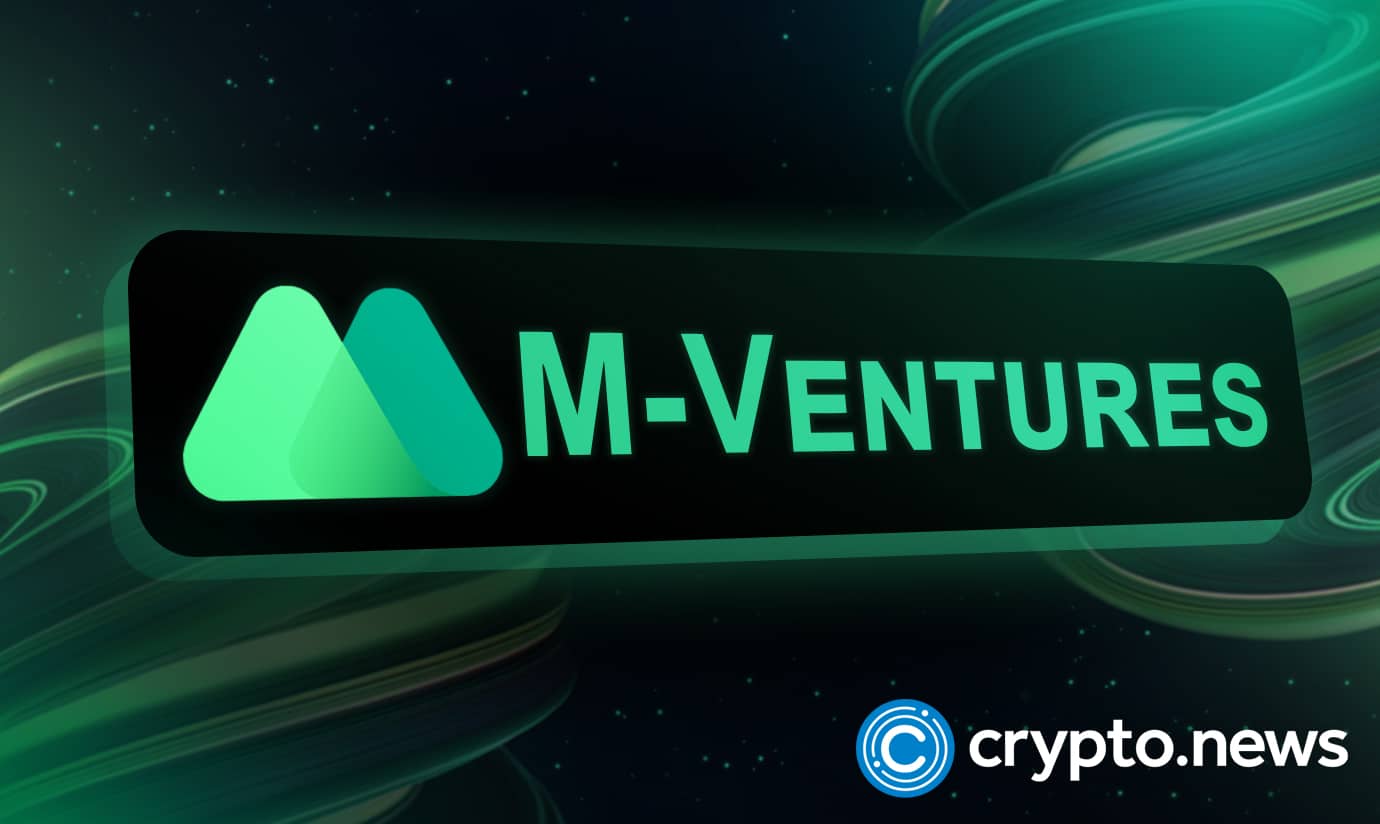Who is David Schwartz, the XRP mastermind who stepped down as CTO after 13 years

David Schwartz is leaving his day-to-day CTO role at Ripple but will stay involved on the board and with XRPL projects. His exit comes as Ripple contends with new competition from SWIFT, which teamed up with Ripple’s rival to launch a blockchain ledger for cross-border payments.
Summary
- David Schwartz, Ripple’s longtime CTO, will step back from daily duties and join the board while remaining active in the XRPL community.
- His work helped shape the XRP Ledger’s design, including a native DEX.
- The departure comes as Ripple faces growing competition from SWIFT, which recently partnered with Consensys to build a blockchain-based ledger for cross-border payments.
David Schwartz, one of the engineers who helped build the XRP Ledger, said Tuesday, Sept. 30, in an X post that he will step back from day-to-day duties as Ripple’s chief technology officer at the end of the year and take an emeritus role on the company’s board.
“The time has come for me to step back from my day-to-day duties as Ripple CTO at the end of this year. I’m really looking forward to spending more time with the kids and grandkids and going back to the hobbies I set aside.”
David Schwartz
Schwartz’s exit from the operational hot seat is not a clean break, as he pointed out that he plans to stay active in the XRPL community, run independent experiments, and keep coding. As the Ripple CTO explains, the last few months he’s been “tinkering on the side – spinning up my own XRPL node and publishing its output data, researching other use cases for XRP (besides what Ripple is focused on), and more.”
Now, Schwartz will step back from daily CTO duties and join the board, while Dennis Jarosch, senior VP of engineering, takes over day-to-day operations.
“I’m not taking our weekly check-ins off the calendar though… and am glad you won’t be far as you join the Ripple board, continuing to impart your deep crypto wisdom and guidance on what we’re building. Wait…does this mean you’re my boss now!?!”
Brad Garlinghouse, Ripple CEO
The shift caps more than a decade in which Schwartz helped translate cryptography and secure-systems engineering into a live payments ledger. Schwartz’s career in technology stretches back decades.
In 1988, he founded David Schwartz Enterprises, where he invented a hierarchical system for distributing workloads across multiple computers, handled interactions with the USPTO to obtain United States patent 5,025,369, and managed marketing as well as licensing efforts, according to BitcoinWiki.
In early 1998, Schwartz joined WebMaster Incorporated, a Santa Clara software firm, where he worked for 13 years. Starting as director of software development, he designed and managed the reimplementation of the ConferenceRoom chat server and related products. While at WebMaster, he also worked on projects for high-security clients such as CNN and the U.S. National Security Agency, which helped shape how he approaches ledger design and validator rules.
The Ripple era
In 2011, Schwartz joined Ripple as chief cryptographer and became CTO seven years later, in 2018. Technically, Schwartz’s fingerprints are now on features that set the XRP Ledger apart, including transaction costs, confirmation times, and a built-in decentralized exchange, though even Ripple itself has avoided using that DEX for enterprise payment flows because of compliance concerns about unverified liquidity providers, Schwartz acknowledged in an X post.
Those design choices have been central to Ripple’s pitch to banks and payment firms and to ongoing debates about how much of XRPL should be run by corporate engineering versus the broader validator community.
But Schwartz’s departure comes at a critical time for Ripple. The company has been positioning itself as a solution for banks, but recently, SWIFT announced a partnership with Consensys, the developer of Linea and a key backer of Ethereum, to build a conceptual prototype of the ledger, which will leverage SWIFT’s “unmatched resiliency, security and scalability to facilitate transactions using any form of regulated tokenised value.”
As crypto.news reported earlier, the initiative involves more than 30 global financial institutions, including Bank of America, Citigroup, NatWest, Santander, BBVA, BNP Paribas, and HSBC. The shared ledger aims to facilitate transactions in tokenized products, including stablecoins, and will leverage blockchain’s capabilities such as smart contracts, transaction validation, and sequencing.
Share this content:




إرسال التعليق